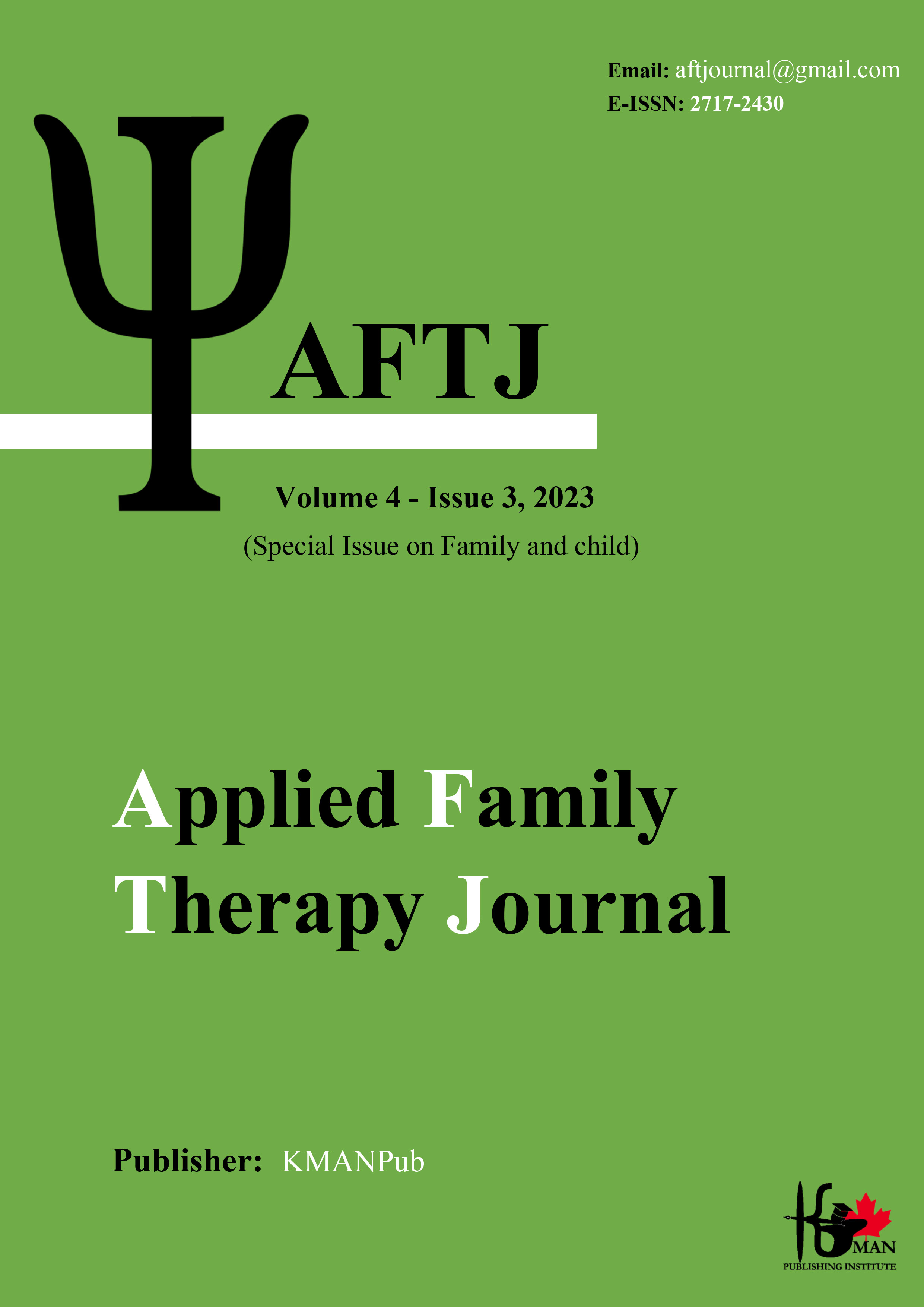Investigation of the Evolution of Attention Abilities, and Emotional Recognition in Children with Normal and Abnormal Development
Keywords:
Attention Abilities, Emotional Recognition, Normal and Abnormal DevelopmentAbstract
Aim: The purpose of the present study was to investigate the evolution of attention and emotional recognition abilities in preschool and elementary school children with normal and abnormal development. Methods: The current research was a descriptive and comparative study. The research population included all hyperactive children under treatment at Mashavah Rouhana and Tivat centers and preschool and primary school children in schools in District 1, 2 and 3 of Tehran in the academic year of 2017-2018. Among these children, 410 children were selected using a multi-stage random sampling method. To collect data, the continuous performance test of Rossold et al. (1956) and Ekman's emotion recognition test (2007) were used. To analyze the data, one-way analysis of variance and Tukey's post hoc test were used by SPSS-22. Results: The results of the analysis of variance showed that the participants in two groups, normal and hyperactive, have different ability to pay attention and recognize emotions, and this difference is significant in all components at the 0.001 level. Conclusion: According to the results of the present study, attention and emotional recognition in children play an important role in improving their social communication and academic performance. Therefore, examining and strengthening it in primary school ages around 4 to 8 years old and even up to 12 years old when the transformation of the frontal parts is complete, plays an important role in academic success.
Downloads
Downloads
Published
Issue
Section
License

This work is licensed under a Creative Commons Attribution-NonCommercial 4.0 International License.





















